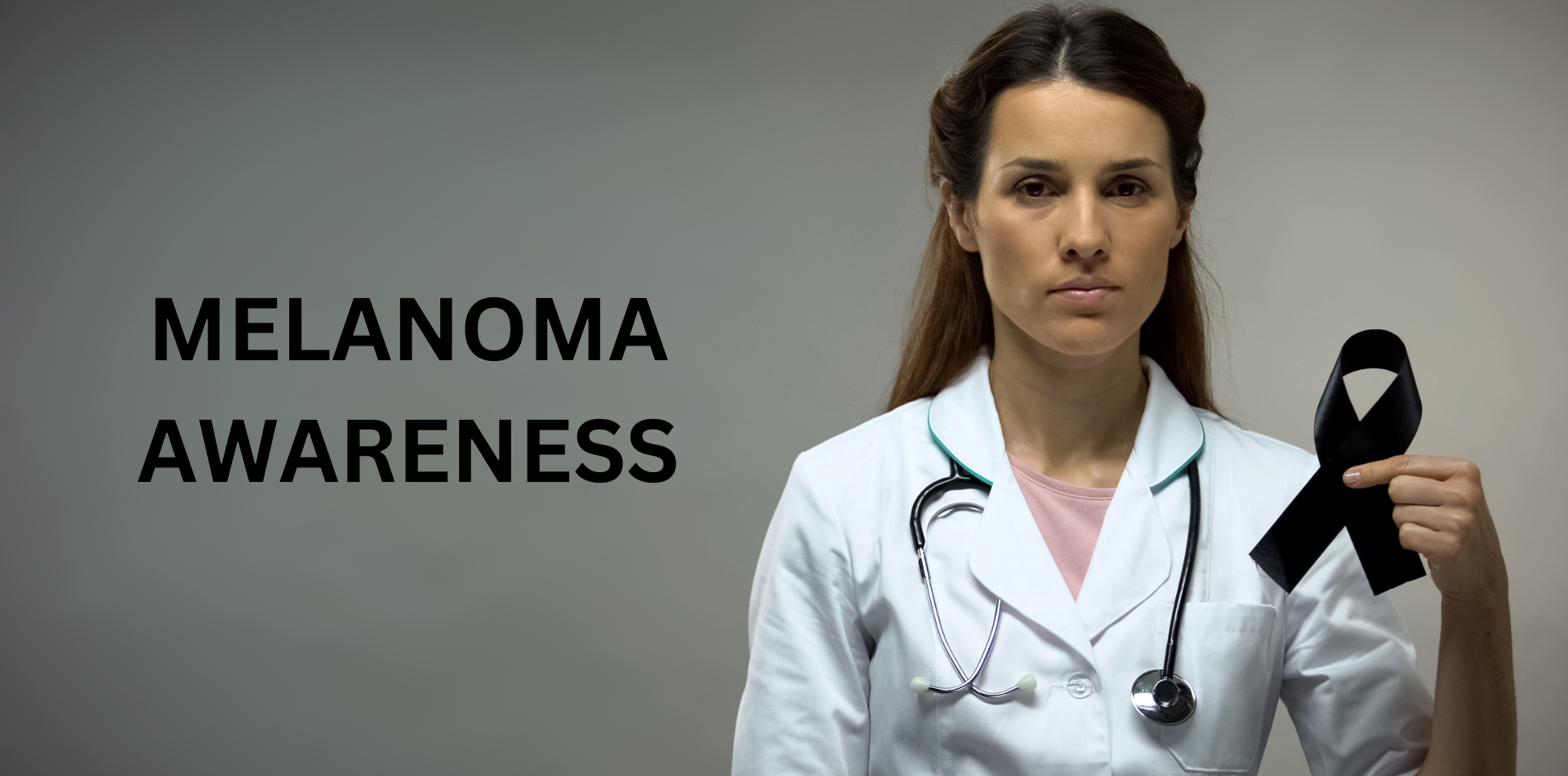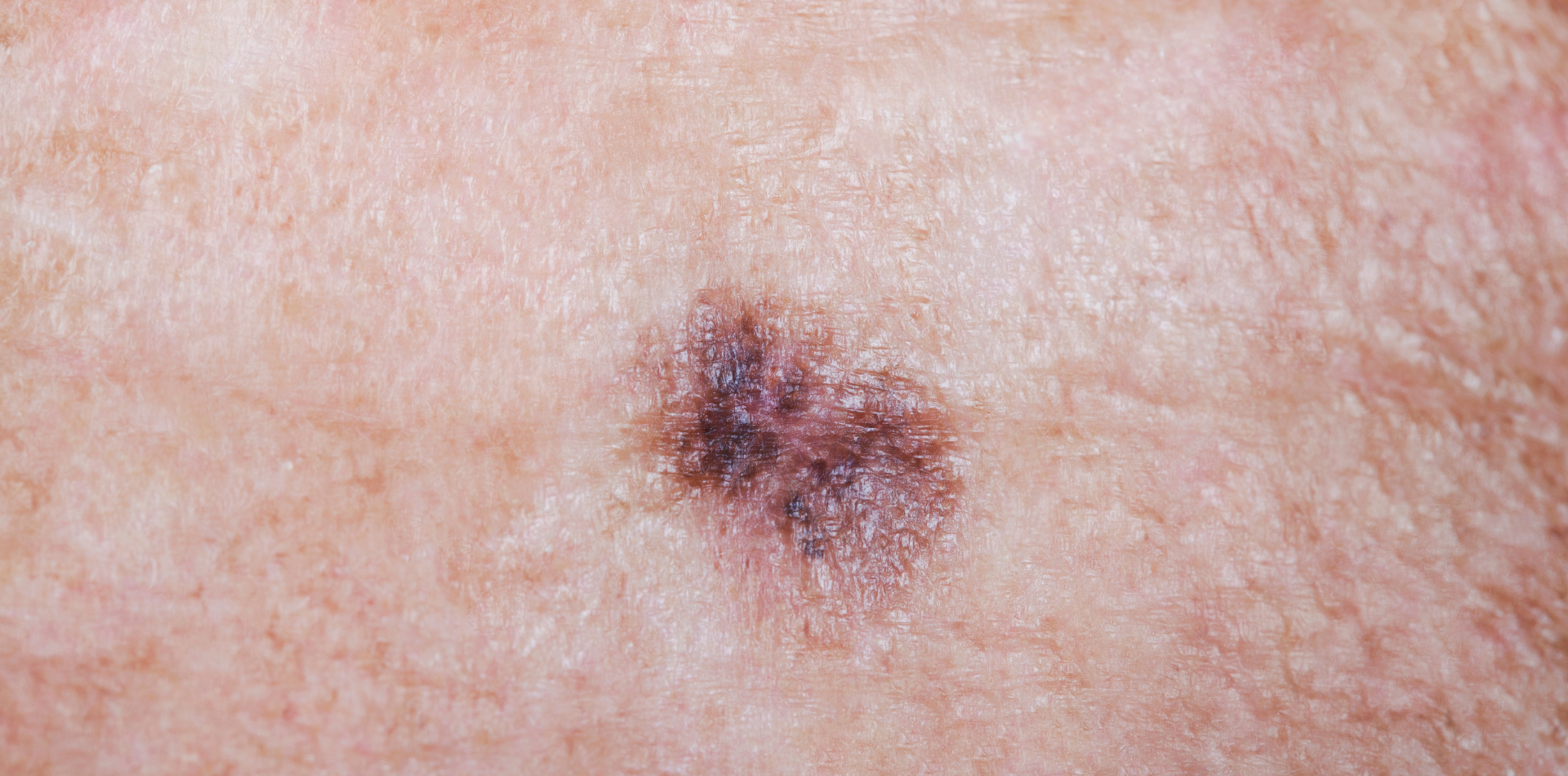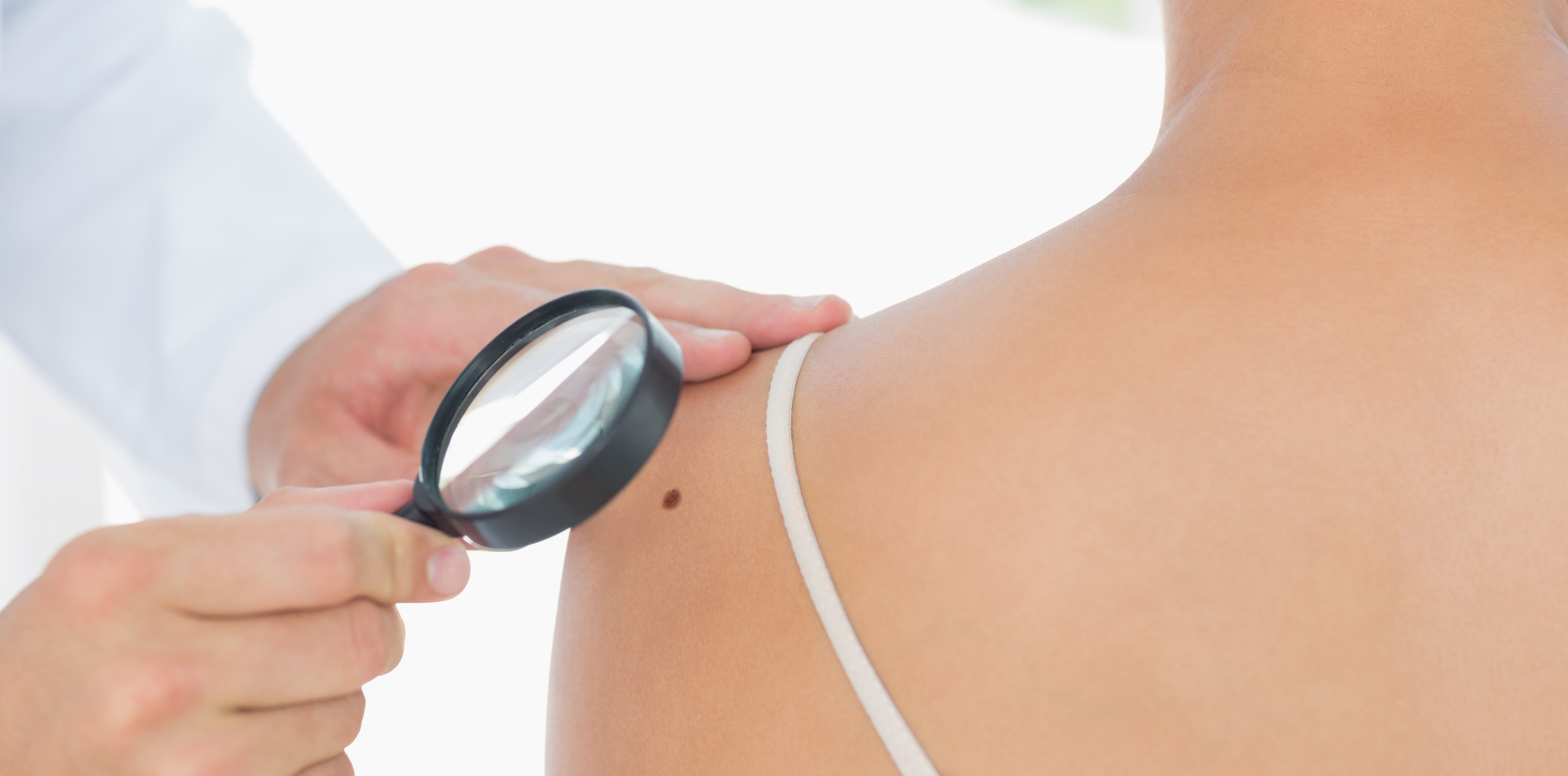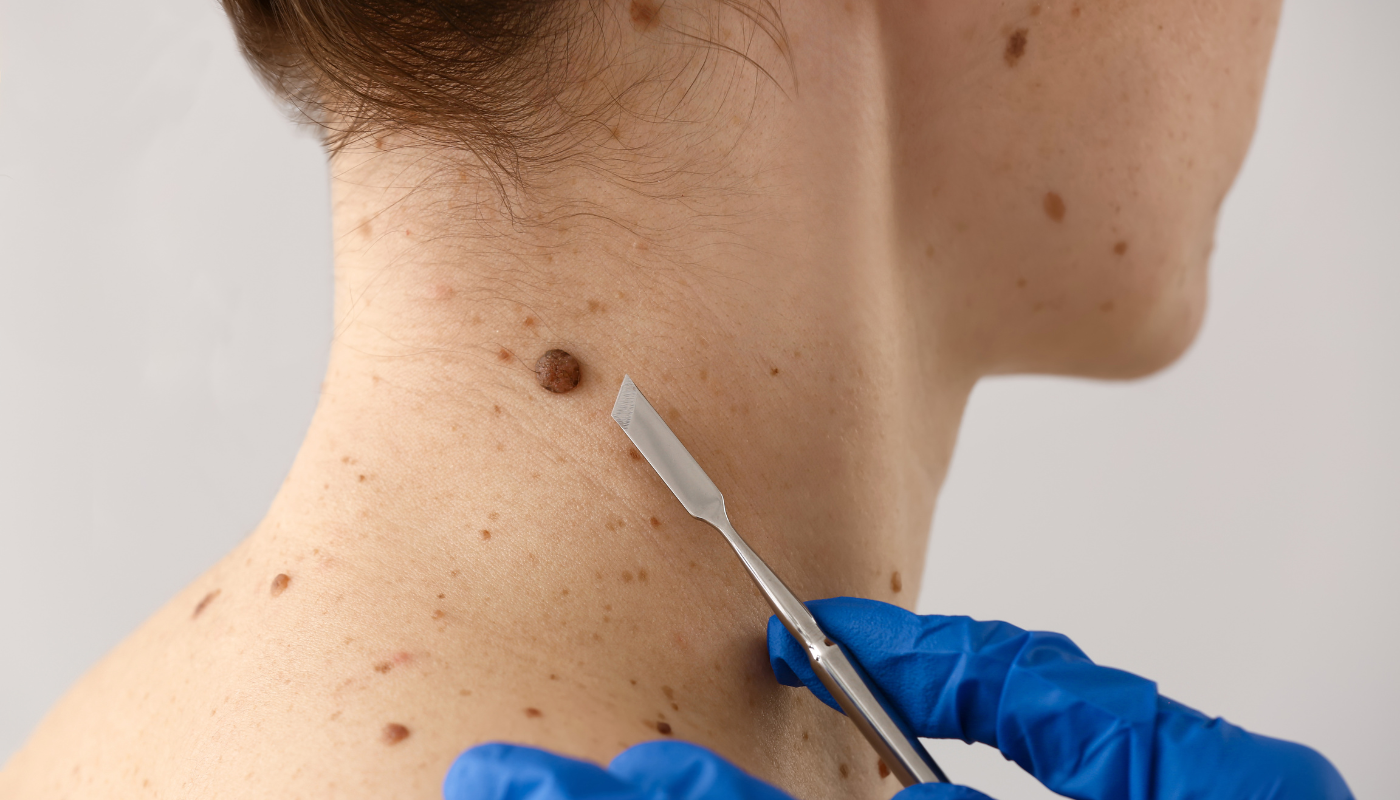How to spot the early signs of Melanoma
How to spot the early signs of Melanoma

Melanoma is the most dangerous form of skin cancer and can arise from existing moles or develop as a new growth.
Detecting melanoma early can lead to a more favorable prognosis.
Therefore, it's important to recognise the early signs.
ABCDE Rule of Melanoma
One common method used to identify suspicious moles is the ABCDE rule:
A – Asymmetry:
Normal moles are usually symmetrical. If you were to draw a line through a normal mole, the two halves would typically mirror each other. Melanomas often have an asymmetric shape, meaning the two halves don't match in size, shape, or colour.
B – Border:
The borders of an early melanoma can be uneven, scalloped, or notched.
Regular moles usually have smoother, more even borders.
C – Colour:
Multiple colours can be a warning sign.
While benign moles are usually a single shade of brown, a melanoma may have different shades of brown, tan, black, red, blue, or white.
D – Diameter or Dark:
Melanomas usually have a diameter larger than the size of a pencil eraser (about 6 mm), but they may sometimes be smaller when first detected.
Additionally, regardless of size, any mole that is darker than others should be checked.
E – Evolving:
Look for moles that change in size, shape, colour, or elevation.
Also, take note of any new symptom like bleeding, itching, or crusting.

Other Signs and Symptoms
Apart from the ABCDE rule, the following can also be indications of melanoma:
Elevated or Raised Appearance:
Over time, melanomas can become elevated or raised from the skin surface.
Sores that don't heal:
If you notice a sore or spot that doesn’t heal, it may be a sign of melanoma or another skin cancer.
Spread of pigment:
If the pigment from the mole spreads to the surrounding skin, it's a red flag.
Redness or a new swelling:
Swelling beyond the mole's border or redness can indicate melanoma's progression.
Sensation changes:
Itchiness, tenderness, or pain in a mole can be a warning sign.
Surface changes:
Oozing, bleeding, or the appearance of a bump or nodule can be an indicator.
A spot that looks different from all the others:
Sometimes referred to as the "ugly duckling" sign, if a mole or spot stands out from others on your skin, it's worth having it checked.

Recommendations
Regular Self-Examinations:
At least once a month, examine your skin, especially after a change in appearance.
Use mirrors to check hard-to-see areas like your back, buttocks, and the back of your legs.
Professional Skin Examinations:
See a dermatologist at least once a year or as recommended.
They can spot potentially dangerous moles or spots that you might have overlooked.
Photographic Records:
Keeping photographic records of your moles can be helpful to track any changes over time.
AWARENESS IS THE KEY!
If you find a mole or growth that exhibits any of the signs above or seems suspicious, see a dermatologist as soon as possible.
Early detection and treatment significantly improve the prognosis for melanoma.
More Skin Tips.
CoreBodi










| Powered by Kaptol Media


